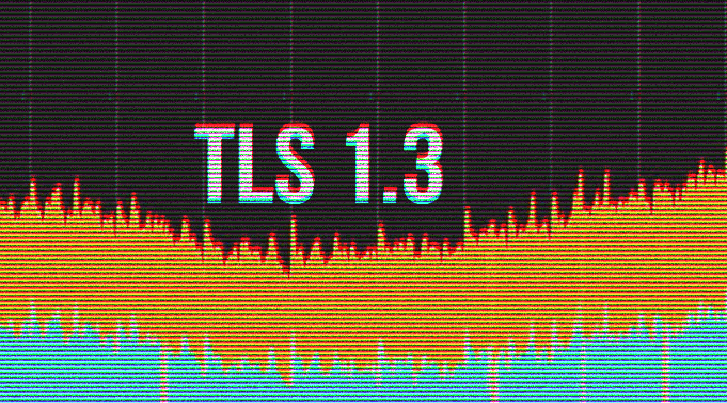Trend Micro uncovered a new crypto mining campaign targeting Linux servers that exploit the CVE-2013-2618 flaw in Cacti’s Network Weathermap plug-in, which system administrators use to visualize network activity.
Security firm Trend Micro uncovered new crypto mining campaign, a cybercriminal gang has made nearly $75,000 by installing a Monero miner on vulnerable Linux servers.
The hackers are exploiting a five-year-old vulnerability in the Cacti “Network Weathermap” plugin and according to Trend Micro this campaign is linked to a previous cryptocurrency-mining campaign that used the JenkinsMiner malware.
In this last campaign that is targeting Linux servers, hackers exploited the CVE-2013-2618 vulnerability in Cacti plugin which is an open-source network monitoring and graphing tool.
“This campaign’s operators were exploiting CVE-2013-2618, a dated vulnerability in Cacti’s Network Weathermap plug-in, which system administrators use to visualize network activity.” reads the analysis pulished by Trend Micro.
“As to why they’re exploiting an old security flaw: Network Weathermap only has two publicly reported vulnerabilities so far, both from June 2014. It’s possible these attackers are taking advantage not only of a security flaw for which an exploit is readily available but also of patch lag that occurs in organizations that use the open-source tool.”
The flaw could be exploited by attackers to execute arbitrary code on vulnerable systems, in this case, hackers downloaded and installed a customized version of XMRig, a legitimate Monero mining software (dada.x86_64 as of 01/28/2018, earlier named as xig or nkrb). XMRig supports both 32-bit and 64-bit Windows and Linux operating systems.
To gain persistence, hackers modified the local cron jobs to trigger a “watchd0g” Bash script every three minutes, the script checked if the Monero miner was still active and restarted it in case it was down.
“Code is written in /etc/rc.local, which means that each time a system is restarted, watchd0g.sh is executed. The modification of /etc/crontab results in watchd0g.sh being run every three minutes. It then modifies the Linux kernel parameter vm.nr_hugepages to the recommended value for mining Monero (XMR). It also ensures that the watchd0g.sh process runs or re-downloads and executes the file if it terminates.” continues the analysis.
The researchers analyzed five malware samples that led them to two unique login usernames, matching the Monero wallets where the mining pool payments are sent.
According to Trend Micro, hackers made approximately 320 XMR (roughly $75,000), most of the Linux servers were located in Japan (12%), China (10%), Taiwan (10%), and the US (9%).
Trend Micro recommends keeping internal to the environment data from Cacti and also keeping systems updated with the latest patches.
To read the original article:
http://securityaffairs.co/wordpress/70622/hacking/linux-servers-cryptomining.html

